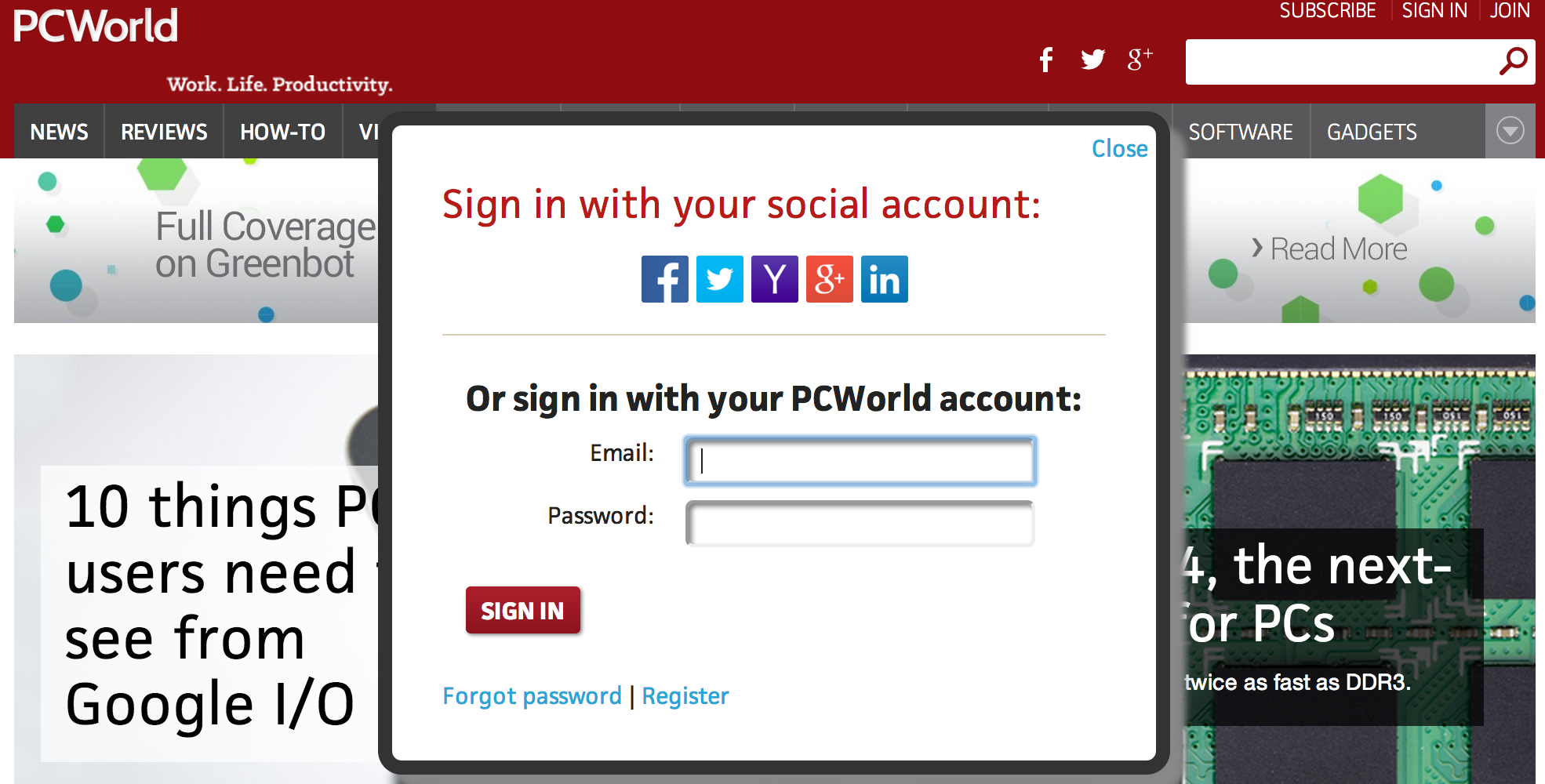Author, entrepreneur, and marketer Seth Godin once stated, “We're not going to outgrow our need for information.” In fact, with data-driven marketing gaining momentum at such a rapid rate, one might even argue that our need for information is outpacing our ability to collect and leverage these consumer insights that are so crucial to a strong, cohesive marketing and brand strategy.
As businesses continue to rely heavily on data insights to tailor user experiences and marketing campaigns, it’s important to understand the where, when, and how of consumer data. This blog post breaks down the steps businesses can take to collect, leverage, and use this data to nurture long lasting customer-business relationships.
Where Data Comes From
Each time a user creates a new social profile or updates an existing one on a network like Facebook, LinkedIn, or Twitter, his or her personal information is stored in a secure database. In this way, social networks now have more insight than ever on their members’ backgrounds, interests, contact info, and more. What’s more, this well of data continues to expand and update in real-time as users interact more and more with websites, mobile apps, and other digital channels.
When to Collect Data
We’ve found that the most seamless way to collect data on users is to prompt them to log in to your site or app using their social network accounts as soon as they land on your page.
Social login, which allows users to register with and sign in to your business’s web properties using one or more of their social media accounts, facilitates this process in a secure, convenient way. Users who log in to a website using an existing social identity are essentially granting that website permission to access their first-party social data such as full name, interests, education, social connections, email address, location, and much more.
Use Case: Technology publisher PCWorld boosted registrations by over 40% by implementing social login.
How to Collect Consumer Data
Collecting personal information on your users requires a great deal of tact, integrity, and clear communication. Below are some quick tips businesses can follow to responsibly collect user data.
1. Choose Data Points Wisely
Studies show that requiring more permissions from users results in lower registration conversions. By asking for more permissions and thus increasing the time and effort it takes for users to register, you risk missing out on valuable opportunities to understand your users better.
With social login, we recommend carefully choose two to four data points that are absolutely critical to your marketing efforts and asking for those only. Requesting too many permissions at the outset may discourage user trust and prevent first-time users from registering. Besides, you can collect more user data after the registration process by offering incentives for users who share more information and measuring site activity.

Related Class: How to Leverage Social and Customer Data for Email Relevancy
2. Automate Data Capture
Social data is always changing, so it can only be utilized at its fullest potential when it’s kept up to date at all times. To streamline this process, it’s advisable to automate the data capture process to ensure that your database is accurate at all times.
By employing a hybrid of a schemaless database and a relational database (dynamic-schema) to manage social data, your business sets the parameters for automated data capturing. In other words, automated data capture keeps users’ information up to date as the dynamic-schema database equips the system to manage data points in ways that can be easily sorted and used.
3. Facilitate Brand Engagement to Collect More Data
As users engage with your web properties through social plugins through commenting, sharing, writing reviews, and more, you can turn these actions into valuable user behavior insights.
Collecting data on these engagement points requires an automated system for capturing data in real-time and a dynamic-schema database for storing it. These different systems work together to capture and manage the large amount of data that can be accumulated through capturing user engagement insight.
Conclusion
When it comes down to it, marketing is so dependent on consumer data insights that it’s impossible to discuss one without the other. As identity data continues to grow in volume and become more accessible, businesses need to learn how to develop their marketing strategies to gain the trust and loyalty of their customers by developing deeper, 1:1 connections. To learn more about how to responsibly collect and leverage first party data and tie this data to existing KPIs, download the free white paper, Making Sense of Consumer Data.
Watch this class, "How to Create a Data-Driven Culture", now to discover how to create a data-driven culture within your organization. You'll learn how to align the right people, create the right processes, and make sure those involved understand how to overcome roadblocks that may interfere.
